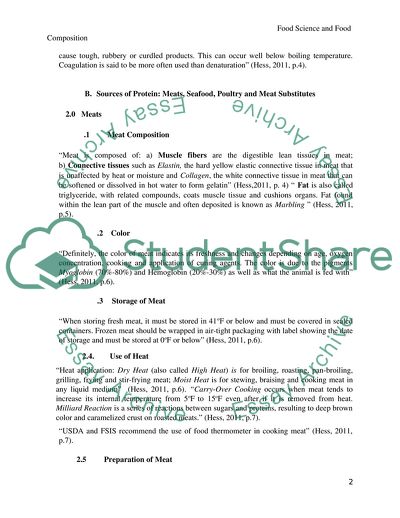Cite this document
(Food Science and Composition of Foods Coursework, n.d.)
Food Science and Composition of Foods Coursework. https://studentshare.org/biology/1793103-domain-i-food-science-and-nutrient-composition-of-foods
Food Science and Composition of Foods Coursework. https://studentshare.org/biology/1793103-domain-i-food-science-and-nutrient-composition-of-foods
(Food Science and Composition of Foods Coursework)
Food Science and Composition of Foods Coursework. https://studentshare.org/biology/1793103-domain-i-food-science-and-nutrient-composition-of-foods.
Food Science and Composition of Foods Coursework. https://studentshare.org/biology/1793103-domain-i-food-science-and-nutrient-composition-of-foods.
“Food Science and Composition of Foods Coursework”. https://studentshare.org/biology/1793103-domain-i-food-science-and-nutrient-composition-of-foods.


